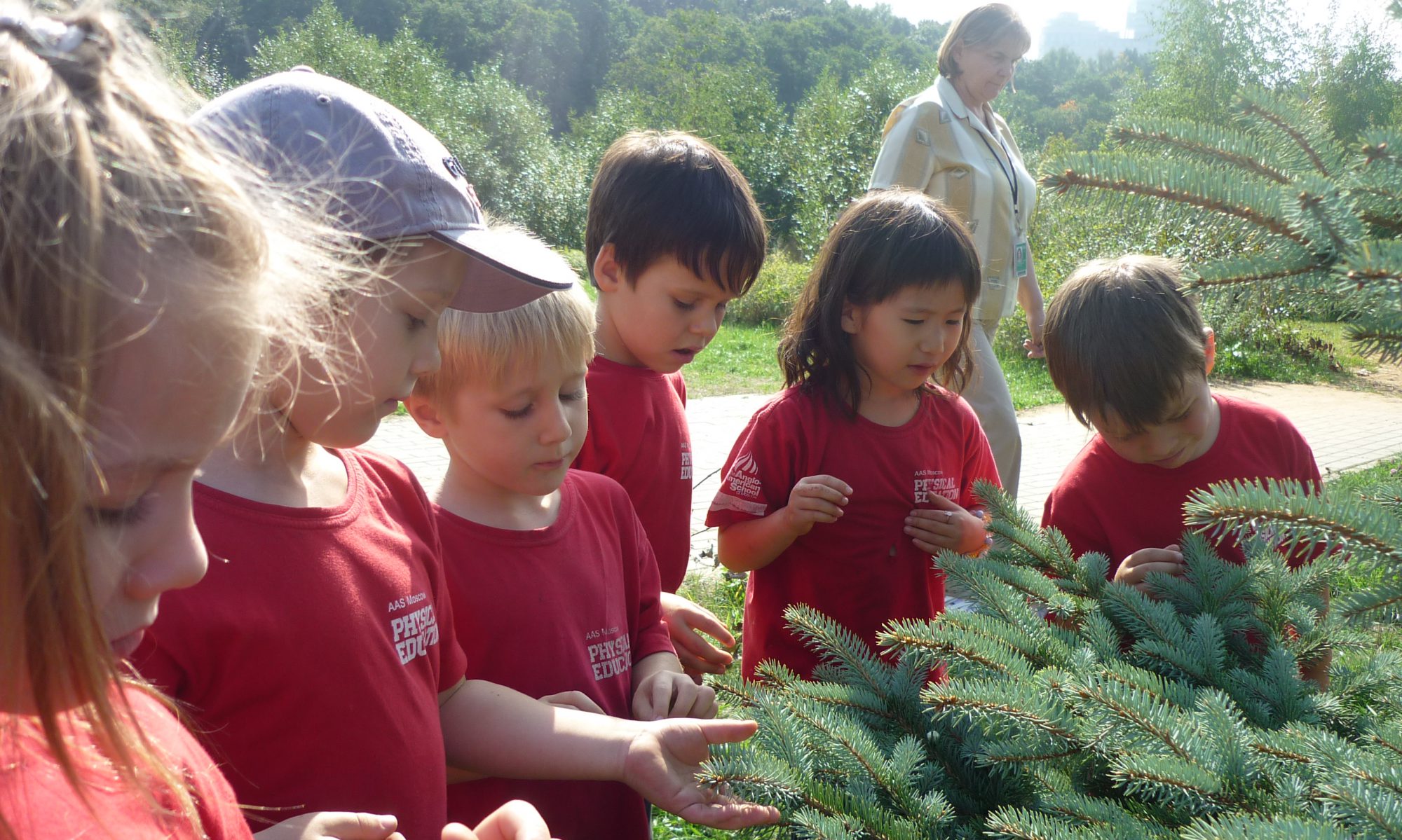Math
We reviewed measurement, graphing, and data handling. Students noticed that they are taller than last time we measured them. So we decided to measure how tall they are now and then find out how many centimeters they have grown. They recorded their results on a graph. Finally, we looked at the graph and interpreted the information from the chart:

- Six people grew 5 cm, three people grew 6 cm, three people grew 4 cm, and one person grew 4 1/2 cm
- Most people have grown about 5 cm
- Everyone in KZE has grown
Writing
During writing workshop, we started a new unit on information writing. We reviewed and sorted fiction and non-fiction (information) books. Then we looked at real-life samples of different information writings including cookbooks, Lego instruction, “how to” books, and brochures. We had discussions about why people create information writing (to teach others to do things, make things or give information). We all agreed that we should learn from other writers on how to do information writing. After studying some mentor texts and sharing our observations, we created a chart that will help us to do our own.
We reviewed and sorted fiction and non-fiction (information) books. Then we looked at real-life samples of different information writings including cookbooks, Lego instruction, “how to” books, and brochures. We had discussions about why people create information writing (to teach others to do things, make things or give information). We all agreed that we should learn from other writers on how to do information writing. After studying some mentor texts and sharing our observations, we created a chart that will help us to do our own.
Unit of Inquiry
During our unit of Inquiry, the concepts and characteristics of living and non-living things have been introduced and emphasized – e.g. living things grow, change, move, eat, use their senses, and produce offspring. Students were able to distinguish living and non-living things by finding examples in our environment. We also discussed what living things need to survive. We learned that they need water, food, sun, air, and shelter. Our nature walk provided an opportunity for children to make connections between what they have learned and real world experience. Students enjoyed observing various plants, flowers, and small insects. Conversations of what might happen if we step on a plant or pick the leaves off a plant emerged. They became more aware of the great impact of their actions on plants and animals around us.
We also observed closely the five crickets in our classroom. We recorded our observation in our journal. On Monday, we noticed that two crickets had died. One was in the water and one on the rock. We thought that the one in the water was drown, and the one on the rock was because either it was too old, or it had no food, or it fought with another cricket because its antenna was broken. We did some research on how to take care of a cricket and found out about putting a tissue in the cup with less water, feed them lettuce and carrot, put soil in the container for them to lay eggs. We found all the things we need for the crickets. We are observing them every day to see how they grow and its life cycle.
